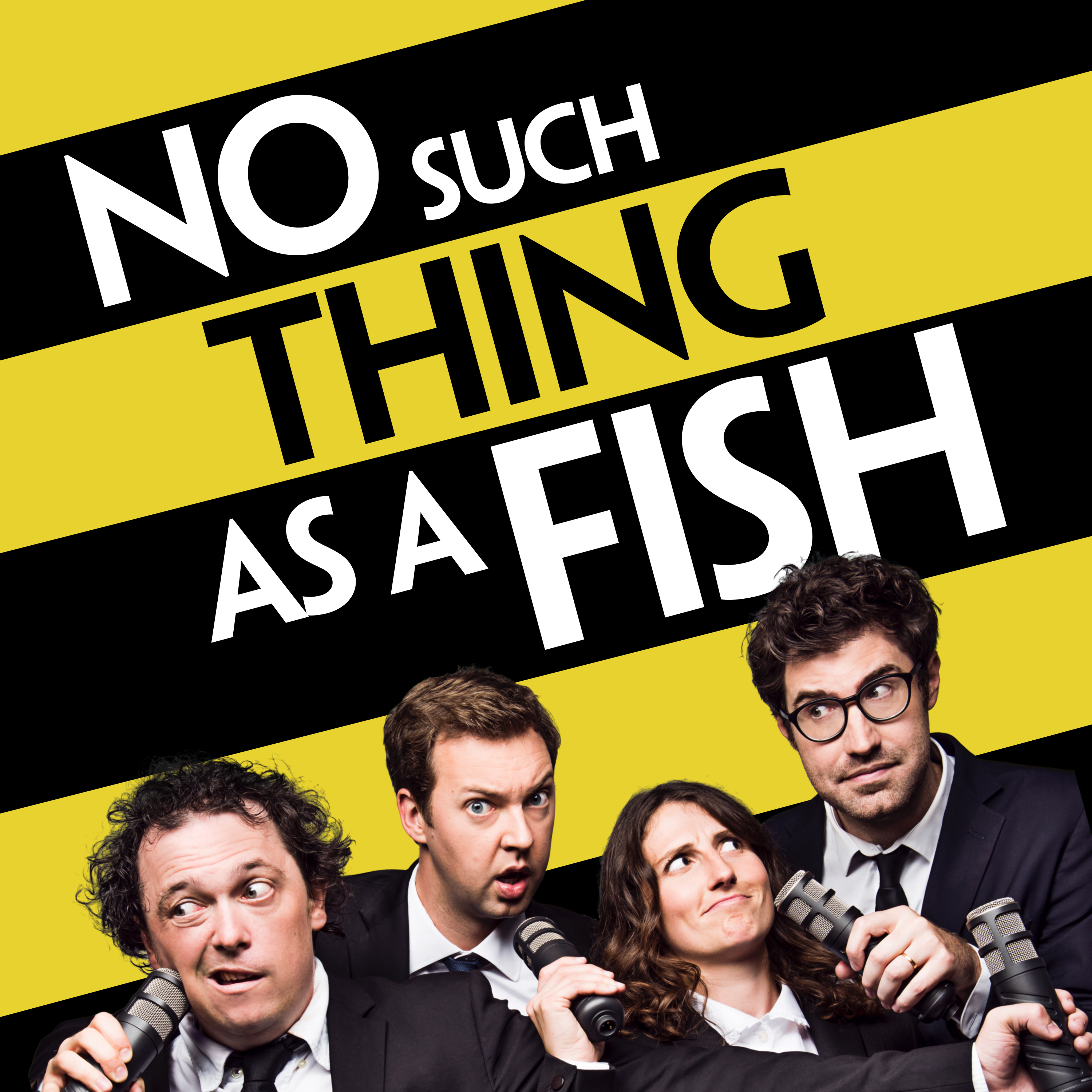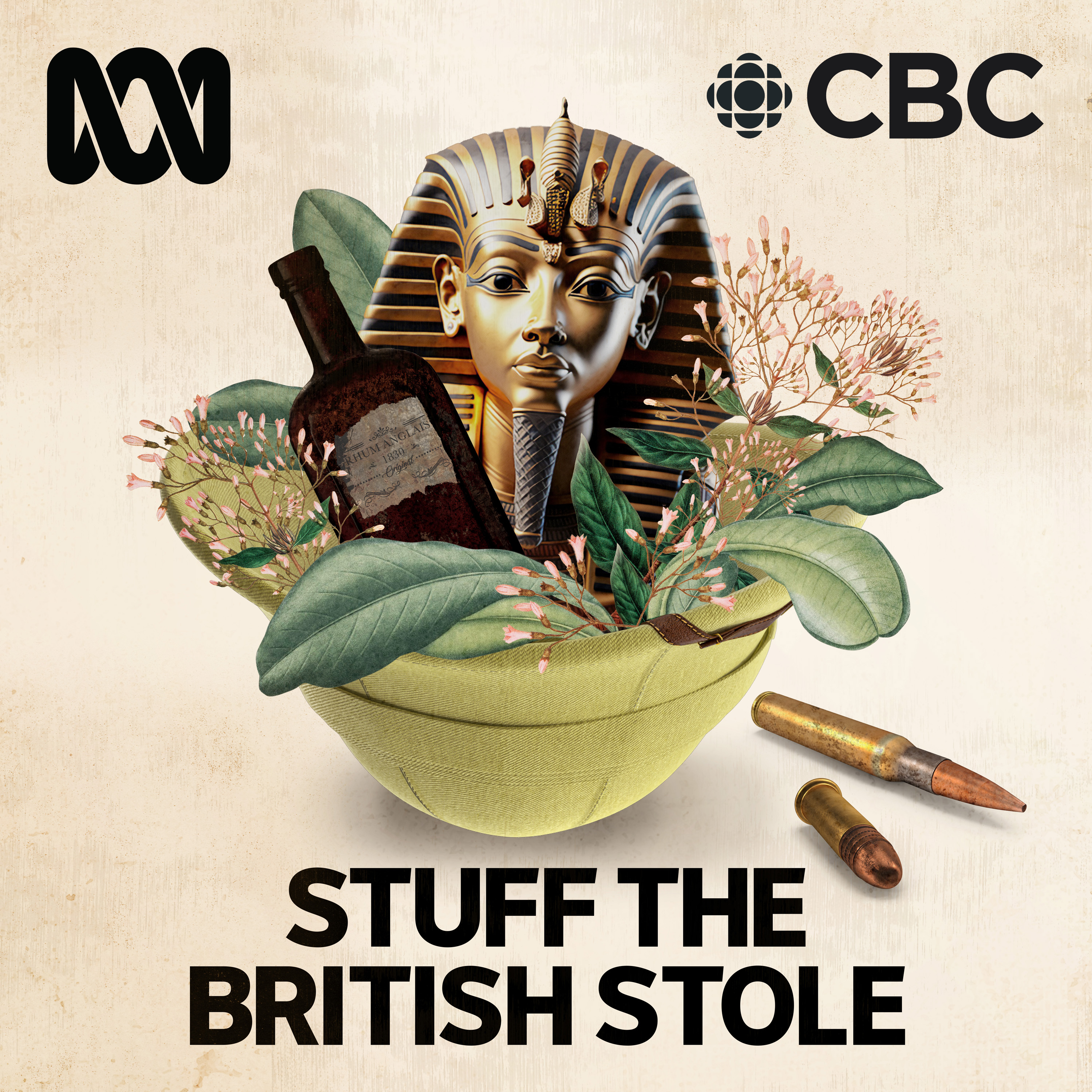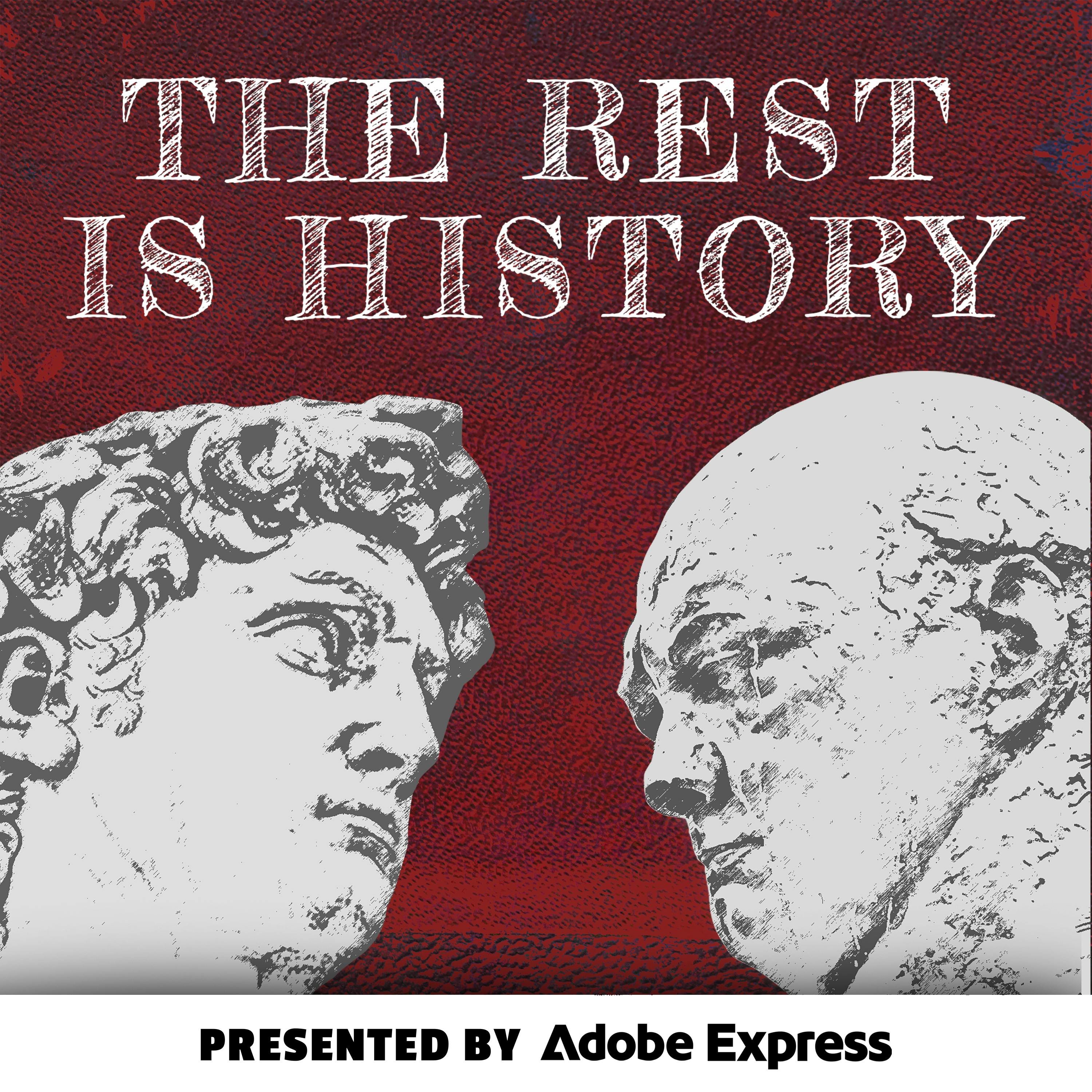
Piano, finally
Piano Finally is a podcast by an old bloke who is learning the piano, finally. I cover the process of learning the piano and music theory as an adult learner. I also review piano books, hardware and other materials from an adult learner's perspective.
Piano, finally
Episode 43 - Artificial Meaning
🎹 Piano, finally – Episode 43: Artificial Meaning
G’day, everyone! In this week’s episode, I share a bit about live music, online rabbit holes, and thoughts on what makes music meaningful, even in the age of AI.
🎶 Sydney Symphony and Daniil Trifonov
I had the pleasure of hearing Daniil Trifonov perform Rachmaninov’s Fourth Piano Concerto at the Opera House. A magical evening that also featured Lyadov’s The Enchanted Lake—a piece by a lesser-known Russian composer. Learn more about Anatoly Lyadov and why he might have missed his big break.
🎹 YouTube Find: Andertons Music Co.
If you enjoy keyboard demos and a bit of fun, check out Andertons Keyboard Department. Hosted by Jack Duxbury and friends, this channel has blindfold challenges, gear reviews, and loads of musical insight. You can explore the full Andertons Music Co. YouTube channel here.
🤖 Essay: Artificial Meaning
After attending a Matthew Cawood masterclass and watching Rick Beato’s video Will these AI tools make songwriters irrelevant in 2025?, I’ve been pondering the role of human connection in music. AI tools like Mureka and Suno can now churn out tunes, but can they offer anything meaningful? Or are they just filling silence?
📘 Book Review: Playing the Piano for Pleasure by Charles Cooke
A recommendation from the Bill Hicks Discord group led me to this charming book from 1941. Cooke, a journalist and keen amateur pianist, offers timeless advice, personal stories, and repertoire suggestions. A few tips may feel dated (one hour of practice daily, anyone?), but the book remains a gem. You can grab a copy on Amazon.
📩 Stay in Touch
Got piano progress or practice stories to share? Drop me a line at david@pianofinally.show or visit www.pianofinally.show. You’ll also find audio-only versions of the podcast on Spotify, Apple Podcasts, and YouTube.
🎧 This Week’s Practice Pieces:
- Fritz Spindler’s Canon
- Daniel Gottlob Türk’s Bagatelle in F
- Andrew Cragg’s Afternoon Snooze and Blackout Blues
All recorded in one take using a Kawai NV10 with Pianoteq 8 and a Shigeru Kawai SK-EX model.
Thanks for tuning in—whether you’re a regular or it’s your first time here. Until next time, keep playing and keep listening.
You can contact me:
- via email at david@pianofinally.show; this is probably the best option
- the show website, www.pianofinally.show
- Instagram and Threads @pianofinally
- and on YouTube
- all the podcast directories - list
- here's the RSS feed
Some of the links to books and other items mentioned in the podcast are affiliate links for Amazon or other providers. If you use one of these links, a commission may be paid to me at no additional cost to you. Thank you if you use a link.
All reviews of products, websites and services are unpaid, and no sponsorship has been received for any content on this podcast.
Episode 43 – Artificial Meaning
G’day, everyone. I’m David Reidy; welcome to Piano, finally, a podcast by an old bloke who is getting around to learning the piano, finally.
[Crab Canon]
Welcome
Welcome to show forty-three. Thank you very much for being here. If this is your first time hearing the podcast, I hope you enjoy the episode. If you’ve come back for more, then thanks. If you’re also learning the piano or another musical instrument, let me know how you’re going with it. You can contact me at david@pianofinally.show.
As I mentioned in last week’s show, I went to see Daniil Trifonov play with the Sydney Symphony Orchestra at the Opera House last Saturday. As you would expect, the concert was excellent, with three programmed pieces and one extra encore piece by Mr Trifonov.
The concert opened with a piece by Russian composer Anatoly Lyadov, The Enchanted Lake. Apparently, Lyadov is not particularly well known because he was a bit of a procrastinator. He was, perhaps apocryphally, the composer Diaghilev first chose to compose The Firebird Suite, but when he failed to produce any music, it was passed on to Igor Stravinsky.
https://en.wikipedia.org/wiki/Anatoly_Lyadov
How do I know this seemingly obscure fact? Simple. Before each SSO concert, there is a talk in one of the foyers by a musicologist. The two concerts I was at recently were introduced by Natalie Shea, who spoke not only about the music itself but also about the composer and the situation in which the work was composed. These free talks really add to my enjoyment of the concerts.
The second piece of the evening was Daniil playing Rachmaninov’s fourth piano concerto, one of the less frequently performed Rachmaninov’s works. It sounded great and was followed by a brief encore in which Mr Trifonov played one of his Bagatelles. Following the intermission, the final piece was Berlioz’s Symphonie fantastique.
As always, a trip to hear some live music is always worth it, and I’d encourage everyone to get out to hear some whenever they get the chance. My next Sydney Symphony Orchestra concert will be in May when Sir Stephen Hough performs Brahm’s Piano Concerto No. 1. But there’s some more live music before that, but I keep that for another show.
[Crab Canon]
YouTube – Andertons Synths, Keys and Tech
I’ve mentioned piano store channels before on the podcast, I watched Merriam Music and Alamo Music Centres channels quite a bit when selecting a digital piano to buy. Well, I still like to watch these types of videos, and one shop I have been catching up with recently is Andertons Music Co.
Andertons is a music store in Guildford, not the Guildford in Sydney but the Guildford near London. It’s surprising how many places in the United Kingdom have stolen their names from places in Australia. Andertons has been in business for more than sixty years, but their YouTube channel is considerably younger.
As the shop sells a wide range of musical instruments, including guitars, drums and keyboards, there is a wide range of videos on the site. I’ve been watching the keyboard videos on one of their subchannels, https://www.youtube.com/@AndertonsKeyboardDept, which Jack Duxbury usually presents with the occasional special guest. Although the content is related to electronic instruments rather than acoustic pianos, the information and demonstrations are great.
The channel has a bit of fun with comparison videos that often involve blindfolding a musician and having them play on different keyboards. Not only is it interesting to hear the different instruments, but all these blindfolded players are excellent musicians, so the videos are a great listen, even if you’re not thinking of buying a new keyboard.
The reviews on the channel are comprehensive, and it is clear that Jack and the other presenters bring many years of real-world experience to their comments. Often, a relevant anecdote will accompany a review, and it makes it easier to believe that the opinions of the reviewer are based on their actual feelings rather than on pushing you to buy. Indeed, rarely is there any pressure to make a purchase, and like Merriam and Alamo, the business carries a wide range of different brands, so there is no manufacturer bias I have noticed.
If you want to have a listen to a wide range of keyboard playing and keep up with what is happening in the stage piano and synthesiser world, the Andertons Keyboard Department videos are worthwhile watching.
https://www.youtube.com/@andertons
[Crab Canon]
Essay – Artificial Meaning
Two things happened during the week that made me think about this week’s topic. The first was a masterclass conducted by Matthew Cawood. I went to the online masterclass very early last Sunday morning; it was the afternoon in England, but 4:00 am in Sydney, and I had already got home late from the Daniil Trifonov concert the night before.
It was a really good class. Matthew discussed how rhythm and dynamics help us understand the messages composers are trying to convey in their music. While it’s fairly obvious in a lot of music what emotions you are meant to feel, it was a revelation to see this broken down in a logical form. It wasn’t just a look at the emotions that are associated with different key signatures or modes but more at how dynamics can imply an intent or how a rhythmic pattern suggests movement. There was a lot in the three hours, but conveniently, all the attendees got a copy of the recording, so I’ll be able to go over it again, probably multiple times.
The second trigger was a video by Rick Beato looking at AI song generators. Rick is a long-time musician who has worked in music production and with many industry greats over the years. His YouTube channel covers a wide range of topics, including interviews with some legendary musicians. I have seen criticism of the channel that it is very opinionated, and it’s true that Rick is not shy of telling his point-of-view but given his years of experience, his opinions are worth a listen, even if you don’t always agree with him.
In the video I watched, entitled Will these AI tools make songwriters irrelevant in 2025? Rick looks at two of the latest AI song-generation services, Mureka and Suno. He uses each of the services to generate a couple of versions of a song, and the results aren’t terrible, but they sound very generic, and the lyrics really don’t make sense, especially when they are matched to different musical styles.
As I said, the results aren’t terrible, but they’re not particularly good either, and I thought they were very bland. Certainly, they matched the style they were aiming for quite well, but they certainly weren’t pushing the boundaries of music forward. It is inevitable that these services will get better at generating songs, the artificiality that is obvious in some of the playing and vocals will eventually disappear, and performances will probably become indistinguishable from live musicians. So, will these services make songwriters and musicians irrelevant? I think we can be very sure that the answer will be “No”.
Having listened to what these services can produce, I was struck by one main question. “Why?”.
I can see why generative music generation software is going to exist. If you want a music track for an advertisement or to keep people from getting bored during their thirty-second lift ride, then organisations that don’t want to pay a person or license an existing track will probably turn to one of these services. After all, this is music that is meant to be ignored, and corporations are notoriously stingy when it comes to supporting the arts unless it’s for getting a PR boost.
Isn’t the purpose of music to communicate with the listener, a way of the composer and performer to connect with the audience? These generated songs have no message, well not a real message; they are generated by matching words in a very sophisticated algorithm, but they are messages from a computer, not another human being.
Sometimes, I want a message from a computer. I’m quite happy when my computer reminds me of an appointment or lets me know that there is someone at the front door, but I don’t want it attempting to tell me what it is feeling. It’s not a person. And so, why do I want to listen to it?
If we look at some of the biggest music artists, their music is often based on their own lives or on issues they find personally important. They write and perform songs because the content is important to them. Authors are the same, writing books because they have a message they want to share. We have all seen authors or artists who start to just worry about the money or the glamour, and inevitably, the quality of their output begins to fall. I can think of a number of authors I have read where I really enjoyed their early works, but once they became famous, their books became fairly ordinary.
Computer-generated music is the same, except that it never had the authentic meanings to begin with. It has always been about generating income or filling space, not about communication between two people, and that’s why I think it will eventually come to nothing outside of those situations where filling a gap is all that is important.
So I think it will be a thing for a while, it’s new, what it can do is technically impressive, and it is a bit of fun to see where it is good and where it will fail. But it will never capture the true meaning of music, and so it will fade. It will have a place as a space filler, but it will never replace the communication between a composer and their audience.
[Crab Canon]
Review - Playing the Piano for Pleasure
The book I am reviewing this week came from a suggestion on a Discord server of which I am a member. One of the perks of being a Patreon supporter of Bill Hicks is that you get access to the private sections of his discord server. Most of the people on the server are adult piano learners and players, so it is an interesting group. There was a discussion about different books related to playing and learning the piano, and this is one of the books that was widely recommended.
Playing the Piano for Pleasure was written by Charles Cooke in 1941 and republished in 1960. My copy carries a copyright from 2011 by Elizabeth Rogers. It includes the original text and a newer foreword.
My copy has the subtitle “The classic guide to improving skills through practice and discipline”, so you might expect that the author is a piano educator with many years of experience teaching others to play the piano, but that’s not the case. Charles Cooke was a journalist who spent much of his working life as a writer for the New Yorker magazine. Cooke’s columns in the magazine covered goings-on in New York City, and as part of that work, he occasionally found himself interviewing pianists.
I am sure that many journalists have found themselves interviewing performers of one sort or another, but Charles Cooke was also an avid amateur pianist. Whenever he talked to a fellow player, whether professional or amateur, he would talk to them about their playing and musical stories. He says in his foreword that although their conversation might prove useless for his New Yorker story, it was highly useful for his hobby. It is all that “useless” material that has found its way into this book.
Cooke divides the book into two sections. The first section, the shorter one, covers the goals one might have as an amateur pianist. In it, Cooke suggests a method of building up a repertoire of pieces that increase in complexity and required skills over the course of years.
It is in this section of the book that you start to get an inkling of the way things have changed over the past eighty years. Cooke has no problem thinking that one hour of practice each and every day is completely normal. Still, he is writing at a time before the United States had entered the Second World War when things were considerably simpler, and almost every home had a piano. Also, the options for other forms of in-home entertainment were quite limited.
The second, more extensive section of Playing the Piano for Pleasure is entitled “Means”. It covers the materials you need to achieve the goals set in part one. The section starts with a suggested daily practice routine of an hour, which includes sight reading, technique exercises and then work on repertoire. Mr Cooke points out that as an amateur musician who is learning the piano out of love for the instrument, practising should never be seen as a chore but as an enjoyable part of the hobby of piano playing.
Chapter three looks at selecting pieces for your repertoire. There are fifty suggestions ranging from easy to intermediate. As a guide to Mr Cooke’s levels, the first beginner piece he suggests is Bach’s Prelude in C No 1 from The Well-Tempered Clavier. I’m not sure about you, but I wouldn’t consider that a particularly easy piece.
The book goes on with a wealth of information that Mr Cooke gathered from famous pianists during his employment at The New Yorker, and many of the sections include quotations from those pianists to illustrate Cooke’s points.
Playing the Piano for Pleasure is clearly a book of its time, and some of the advice and stories now seem very far from modern times. That said, though, it is an interesting read and a valuable addition to any amateur pianist’s library. I got my copy from Amazon as a Kindle book, as I wasn’t able to find it locally. There’s a link in the show notes.
https://www.amazon.com.au/Playing-Piano-Pleasure-Improving-Discipline/dp/1616082305
[Crab Canon]
Closing
If you’d like to contact me, email is the best way. You’ll find me at david@pianofinally.show and the website at www.pianofinally.show. In both cases, pianofinally is all one word. The show is also on Instagram and available as audio-only on YouTube. You can subscribe via any popular iOS or Android podcast application or from directories such as Apple Podcasts, Spotify, or YouTube. I also post an excerpt and link for each episode as an Instagram reel.
If you’re learning an instrument, let me know where you are in your journey. What’s going well, and what are the challenges?
[Crab Canon]
Progress
Once again, this week, perhaps for the last time in a while, I’m going to include the four pieces that I have been working on over the past school term. They are Fritz Spindler’s Canon, Daniel Gottlob Türk’s Bagatelle in F, and Andrew Cragg’s Afternoon Snooze and Blackout Blues. All the pieces were recorded in one take using the Kawai NV10 as the keyboard and Pianoteq 8 on the M4 Pro Mac Mini, emulating the Shigeru Kawai SK-EX in concert mode.
[Practice pieces]













